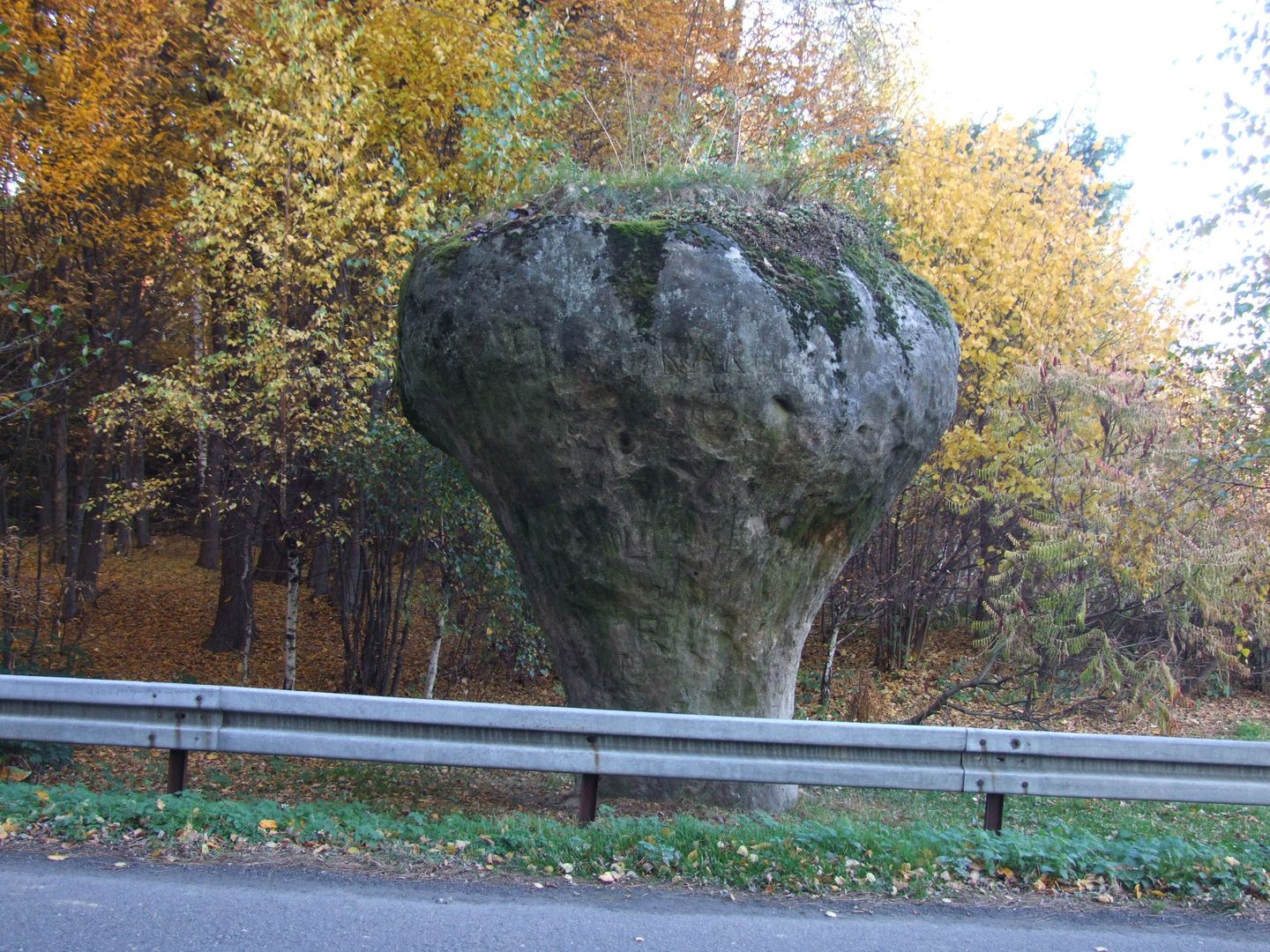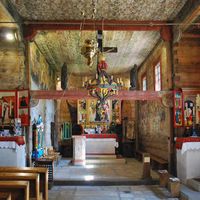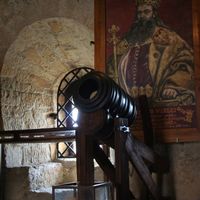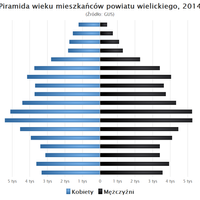Wiśnickie Foothills
7.51

Overview
The Wiśnickie Foothills is a picturesque region with limited industrial activity, which contributes to its pristine natural environment. This area is part of the Wiśnickie Foothills Protected Landscape, home to three nature reserves: Kamień-Grzyb, Bukowiec, and Panieńska Góra. Rare plant species such as the pale orchid and Epipactis albensis can be found here, along with numerous natural monuments, primarily ancient trees and rock formations. The region is characterized by its distinctive topography of ridges and valleys, with the highest peaks being Jaszczurówka (538 m) and Rogozowa (536 m).
Geologically, the Wiśnickie Foothills are composed of flysch formations and shaped by erosion, resulting in numerous rock outcrops and monadnocks. The area lacks larger urban centers, with Nowy Wiśnicz serving as its most important town. Many historical monuments have been preserved in the region, including the 15th-century castle in Dębno and the Kmitów Castle in Nowy Wiśnicz.
The Wiśnickie Foothills are also a point of interest for tourists, with numerous hiking trails connecting scenic hills and historical sites. The diversity of flora and fauna is remarkable, and lichenological studies confirm the presence of many rare lichen species. The region supports ecological farming practices, and its natural beauty attracts both tourists and nature enthusiasts.
Location
2025 Wizytor | All Rights Reserved









